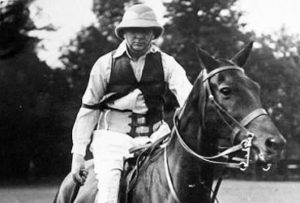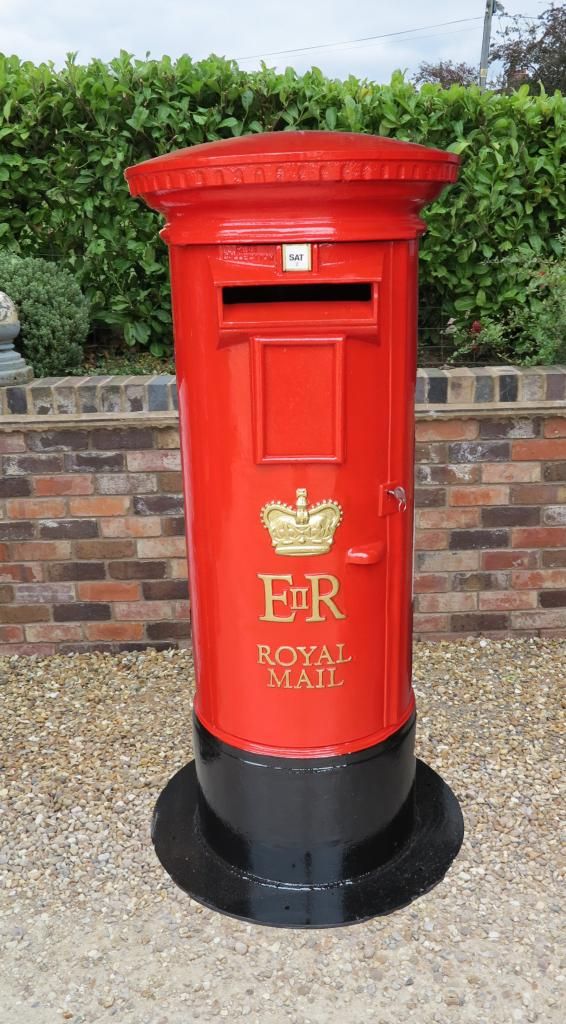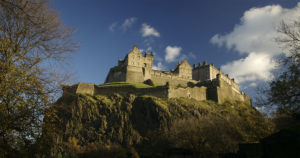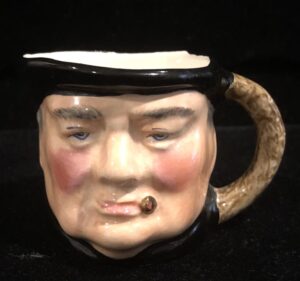
Bulletin #182 — Jul 2023
The Wee Dram

Queen Elizabeth II Pillar Boxe - English version
June 27, 2023
Of Pillars and Kings
By ALASTAIR STEWART
Editor’s Note: The Wee Dram is a new occasional column providing views of Winston Churchill from the perspective of Scotland, a country with which he had a lifelong connection. The 2023 International Churchill Conference will take place in Edinburgh next October 5–7. For more information, please CLICK HERE.
A great deal has happened since the last installment of the Wee Dram. The death of Her Majesty Queen Elizabeth II at Balmoral on 8 September promoted an unprecedented outpouring in Scotland. After the Queen passed away in Balmoral Castle in Aberdeenshire, her coffin made the four-hour journey to Edinburgh and rested in St Giles’ Cathedral, Edinburgh. About 33,000 people paid their respects during the twenty-four hours the Queen lay in state.
The coronation of King Charles III on 6 May has reignited an old suspicion that the Royal Family in Scotland is unpopular, irrespective of the affection, banal or genuine, for the late Queen. It has been alleged around one-third of the people in Scotland support the monarchy, by far the lowest of the nations of the United Kingdom.

2025 International Churchill Conference
But it could be worse. This coronation was spared another small but dramatic “Pillar Box War” in Scotland. In February 1952, the late Queen ascended to the throne after her father’s death, George VI. As Elizabeth the Second, she adopted the royal cypher “EIIR,” the “R” standing for Regina, the Latin form of “Queen. Simple enough, but there was a public outcry in Scotland among those who believed Elizabeth Regina would have been more accurate and that the royal cypher “ER” should be used, not “EIIR.”
During the reign of Elizabeth I, Scotland was an independent country. James VI of Scotland acceded to the throne after the Union of the Crowns in 1603, also making him King James I of England. King Charles is a numerical reprieve as no other Charles existed in Scottish history before 1603.
Scots sent protest letters denouncing the incorrect Royal cypher for use on Scottish letterboxes. On 28 November 1952, police were even in attendance at the official unveiling of Scotland’s first “EIIR” pillar box in Edinburgh at Gilmerton Road and Walter Scott Avenue junction.
Within thirty-six hours, the boxes had been defaced with tar. A parcel with gelignite explosives was found inside the post box a week later, and by 2 January 1953, a postal worker found another explosive charge.
Two workmen saw a man vandalising one of the boxes with a sledgehammer in early February. On 12 February, the post box in Edinburgh’s Inch district was blown apart by a gelignite bomb. The next day a Lion rampant was discovered across the wreckage. A new pillar box was installed with no sign of “EIIR.”
Beyond the protest and violence, a legal effort was underway, too. The acclaimed Home Rule advocate, John MacCormick, and Ian Hamilton (known best for his role in returning the Stone of Destiny to Scotland) legally contended the name Elizabeth II violated the Act of Union 1707.
MacCormick v Lord Advocate failed because there was no provision concerning numbering monarchs. The Royal Titles Act 1953 gave the Queen the authority to name herself by “Her Royal Proclamation.” The late Queen, while not the second Elizabeth of the United Kingdom, was nevertheless the second in the territories which now made up the UK. The Scottish question remained, as it does to this day. The case concluded it was part of the royal prerogative, so the Crown could not be sued.
But it was Prime Minister Winston Churchill, now in his second term (1951–55), who was to set a singular precedent with the Secretary of State for Scotland (the aptly named James Stuart) if, and indeed when, the numbering issue would return.
On 1 April 1953, during Prime Minister’s Question Time, the Scottish Labour MP John Rankin, asked if Churchill “will arrange that the Royal Cypher is not placed on new pillar boxes.”
Churchill responded, “Her Majesty’s Government are not prepared to place any general restriction on the use of the Royal Cypher. Its use for any particular purpose is a matter for detailed decision in relation to the circumstances of the case.”
After several repeated exchanges with Rankin and with growing frustration for the triviality of the topic, Churchill lamented, “When I think of the greatness and splendour of Scotland, and her wonderful part in the history not only of this island but of the world, I think they really ought to keep their silliest people in order.”
John Hope, Conservative MP for Edinburgh Pentlands, somewhat satisfied, asked: “Is the Prime Minister aware that his last answer will give great satisfaction to everyone in Scotland except a very small lunatic fringe?” How prescient a question.
On 15 April, it was this time the Scottish Unionist politician and former Scottish secretary Walter Elliot who asked, Churchill, when advising the new monarch, if he had considered “the desirability of adopting the principle of using whichever numeral in the English or Scottish lines of Kings and Queens happens to be the higher.”
Churchill responded, “Although I am sure neither The Queen nor her advisers could seek to bind their successors in such a matter, I think it would be reasonable and logical to continue to adopt in future whichever numeral in the English or Scottish line were higher.”
“Thus if, for instance, a King Robert or a King James came to the throne, he might well be designated by the numeral appropriate to the Scottish succession, thereby emphasising that our Royal Family traces its descent through the English Royal line from William the Conqueror and beyond, and through the Scottish Royal line from Robert the Bruce and Malcolm Canmore and still further back.
“Her Majesty’s present advisers would for their part find no difficulty in accepting such a principle. From this it naturally follows that there should not in their view be any difficulty anywhere in acknowledging the Style and Title of Her present Majesty.”
The decision to accept the title of Elizabeth II was taken on the recommendation of the Accession Council. According to Churchill, the Prime Minister can advise the Sovereign on what title to take, as has been the case in recent times when it has been traditional for the royal title to differ from the Sovereign’s Christian name.
In the debate on 15 April, Labour MP Arthur Woodburn, another former secretary of state for Scotland, was correct to note that “however trifling it may seem to people on this side of the Border, the handling of this thing has caused a certain amount of irritation among the population of Scotland and that it would be very useful if some courtesy were shown to Scotland when they ask for information? The Prime Minister has gone some way towards that.”
After 1953, Churchill’s government finally saw the situation for what it was and arranged for new pillar boxes, mail vans, and other post office paraphernalia in Scotland to be adorned with only the Crown symbol.
As for keeping Scotland’s “silliest people in order”, the “EIIR” cypher continued to be used across the rest of the UK, with Scotland enjoying its exception. 2018 was a near miss; a post box was incorrectly erected by the Royal Mail in Dunoon with the wrong cypher “sparking fury,” according to one national paper. It was quickly scheduled for replacement.
And we are not entirely out of the woods. The new Prince of Wales will one day be King William V of England and IV of Scotland. William of Orange was William III of England and William II of Scotland from 1689 to 1702. William IV reigned over the United Kingdom from 1830 to 1837.
It could, of course, always be worse. The Scottish Conservative MP Raymond Gower, not quite finished with the numbering issue, asked Churchill to speculate what the government would do if “the future British monarch should bear the name Llewellyn?”
Churchill, tongue in cheek, responded, “I hope I may ask for long notice of that question.
Alastair Stewart is a freelance journalist and public affairs consultant. He serves as chair of ICS–Scotland.
Subscribe
WANT MORE?
Get the Churchill Bulletin delivered to your inbox once a month.





